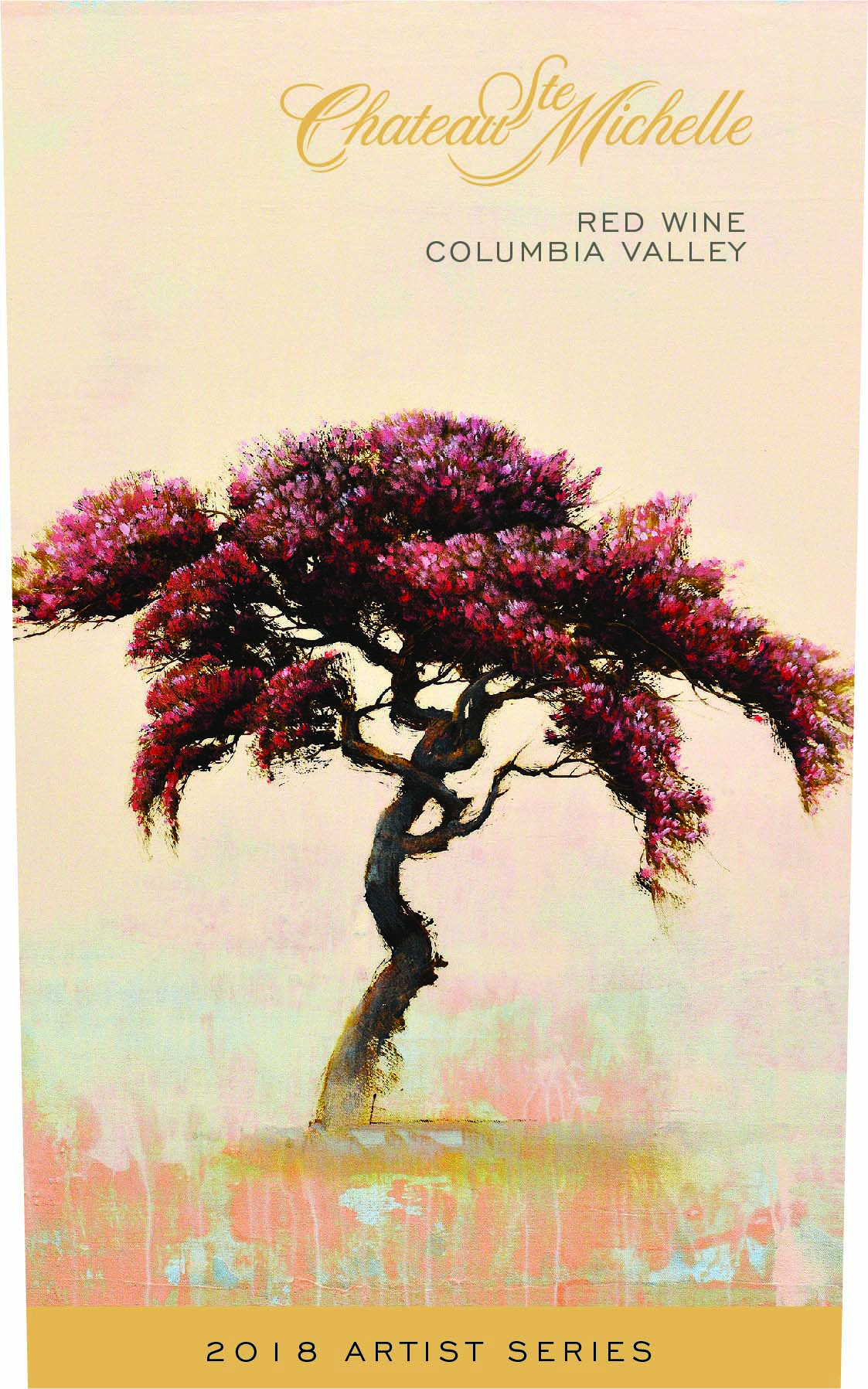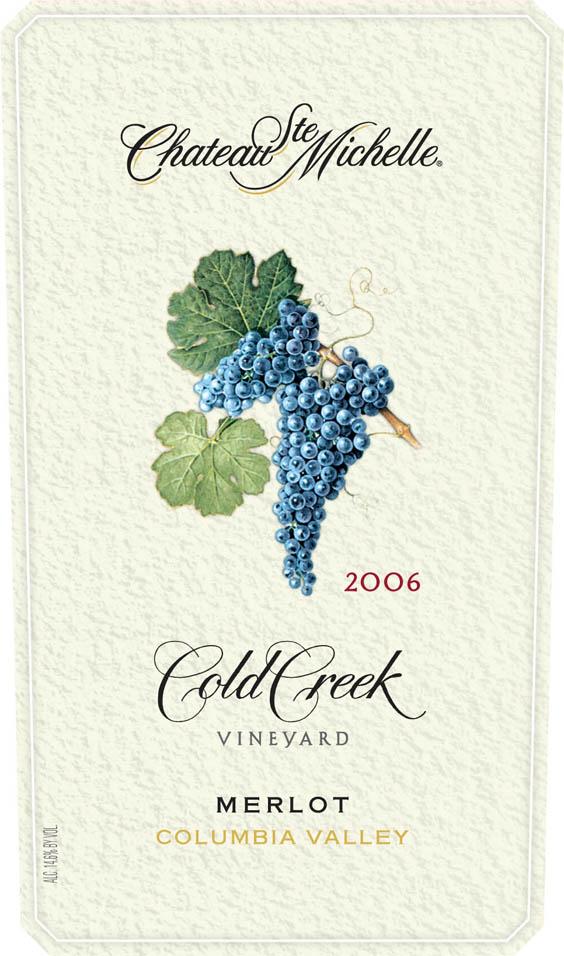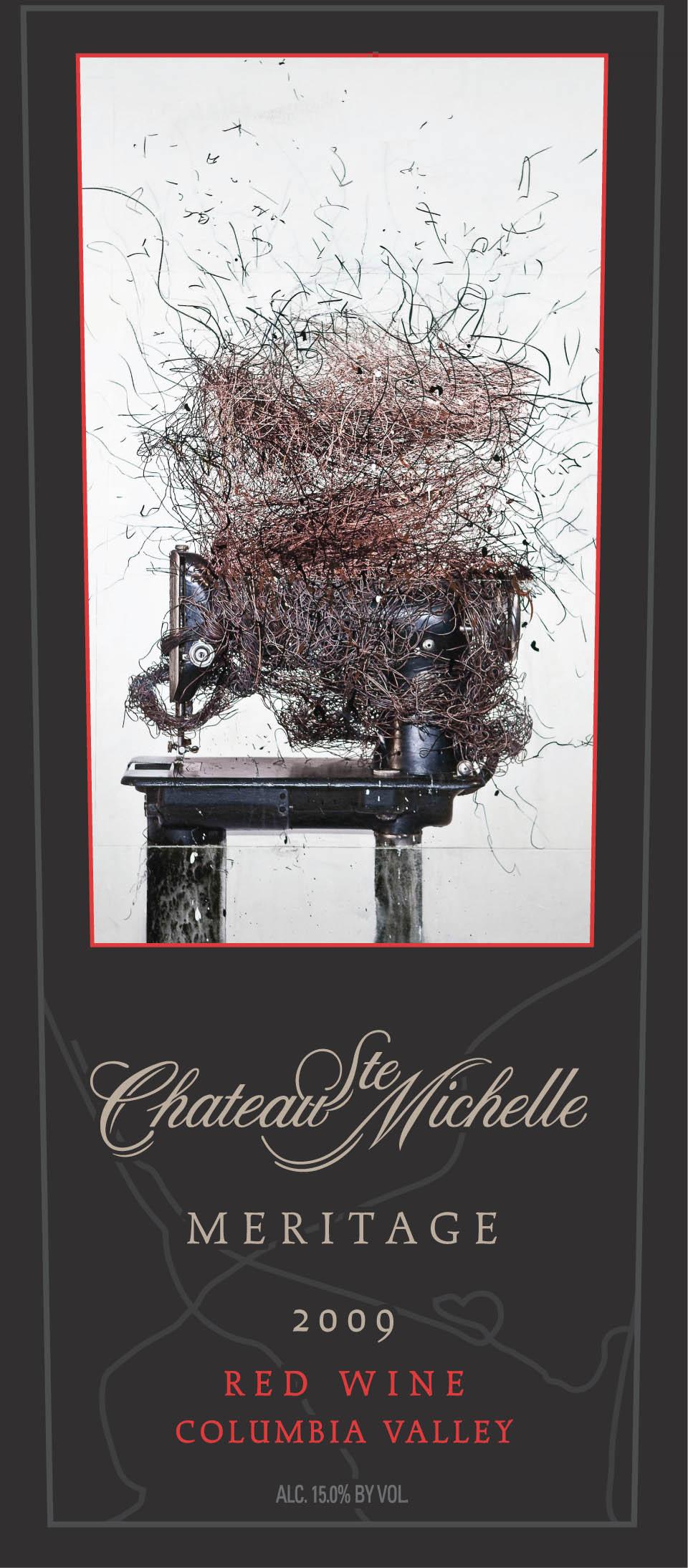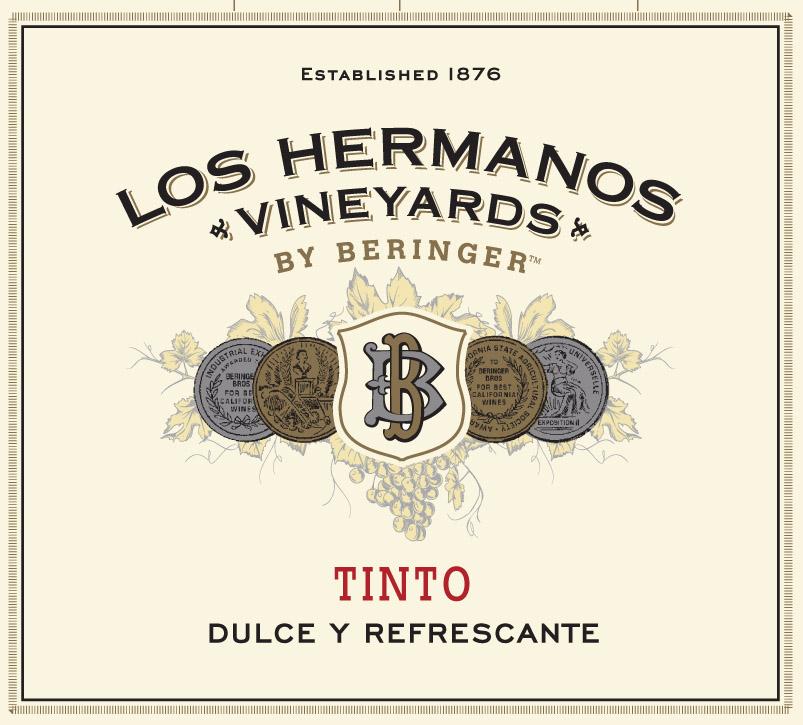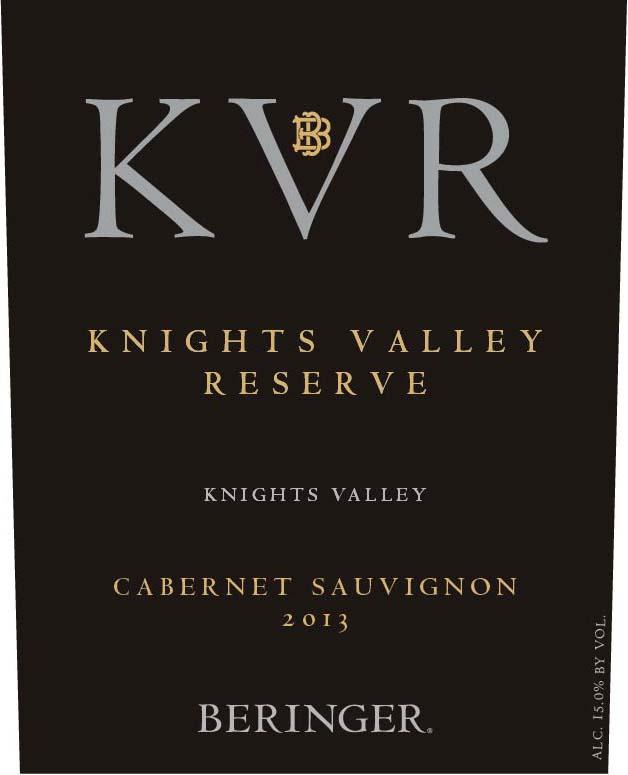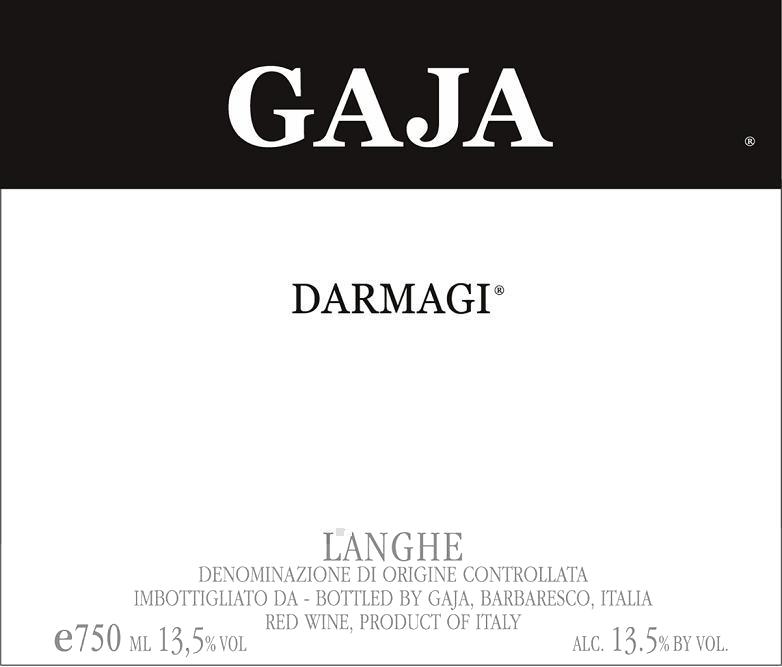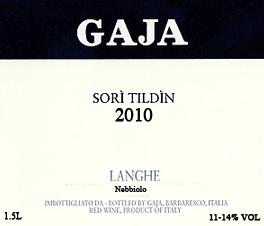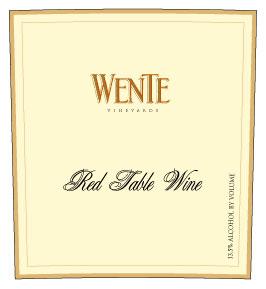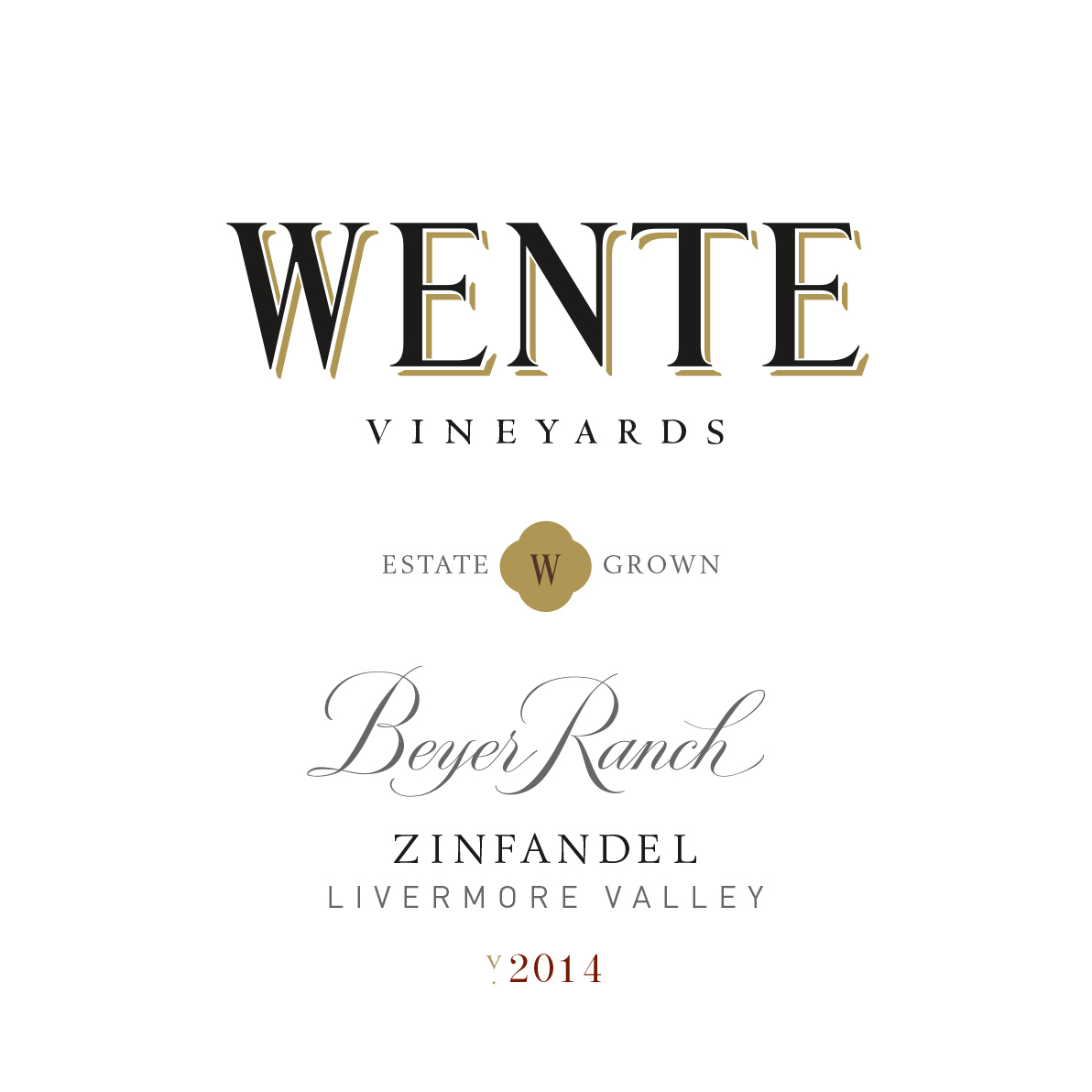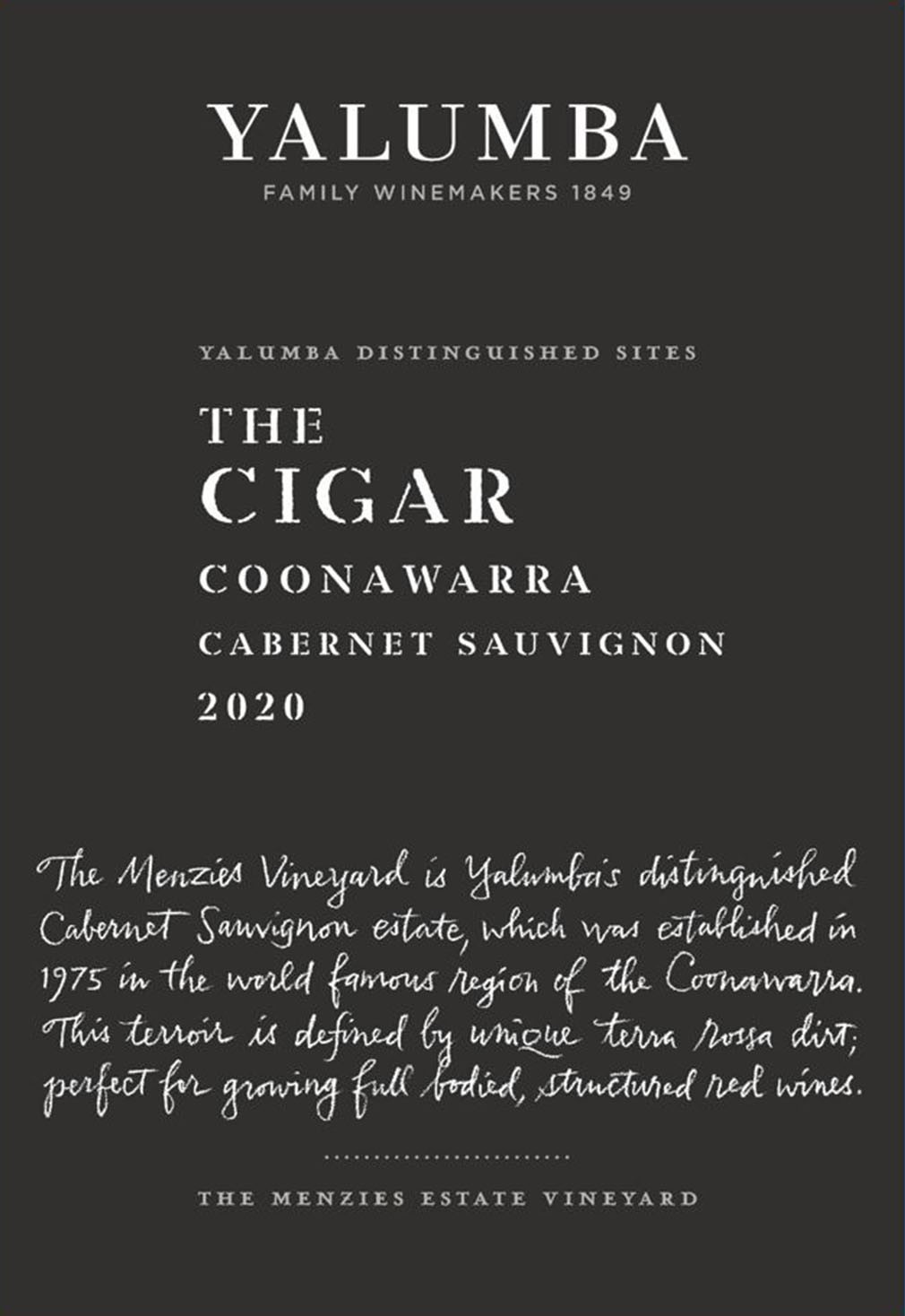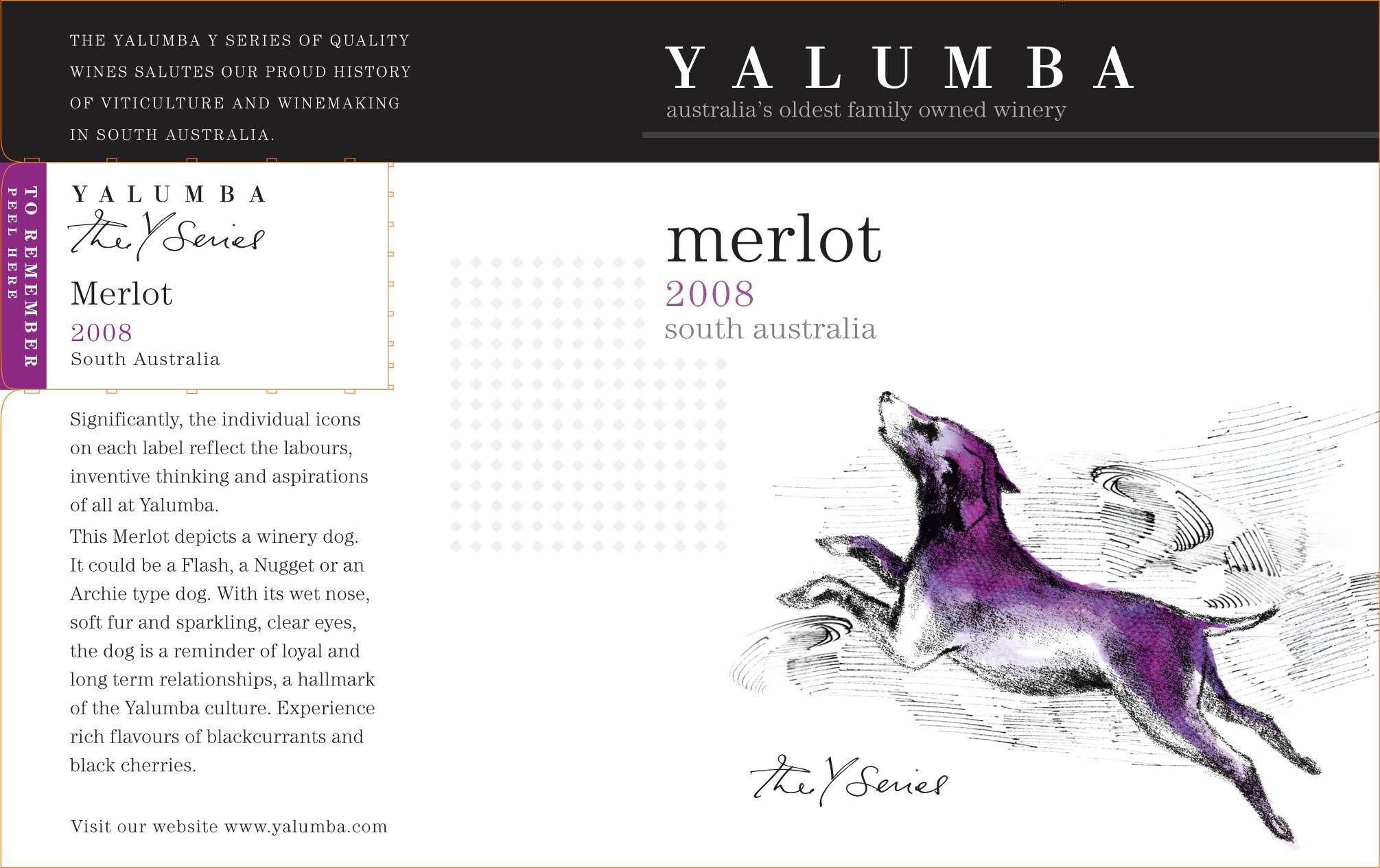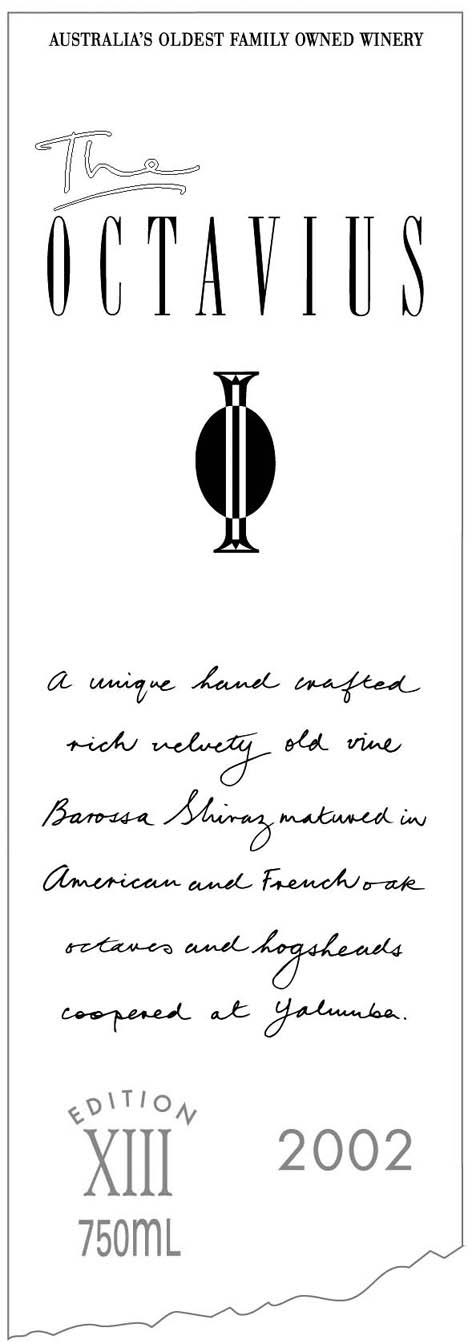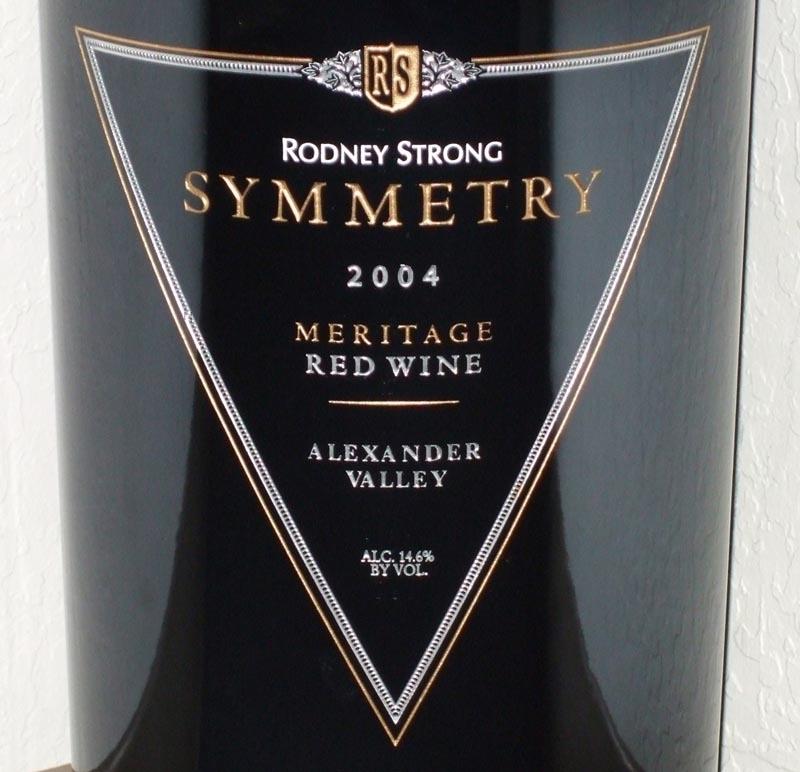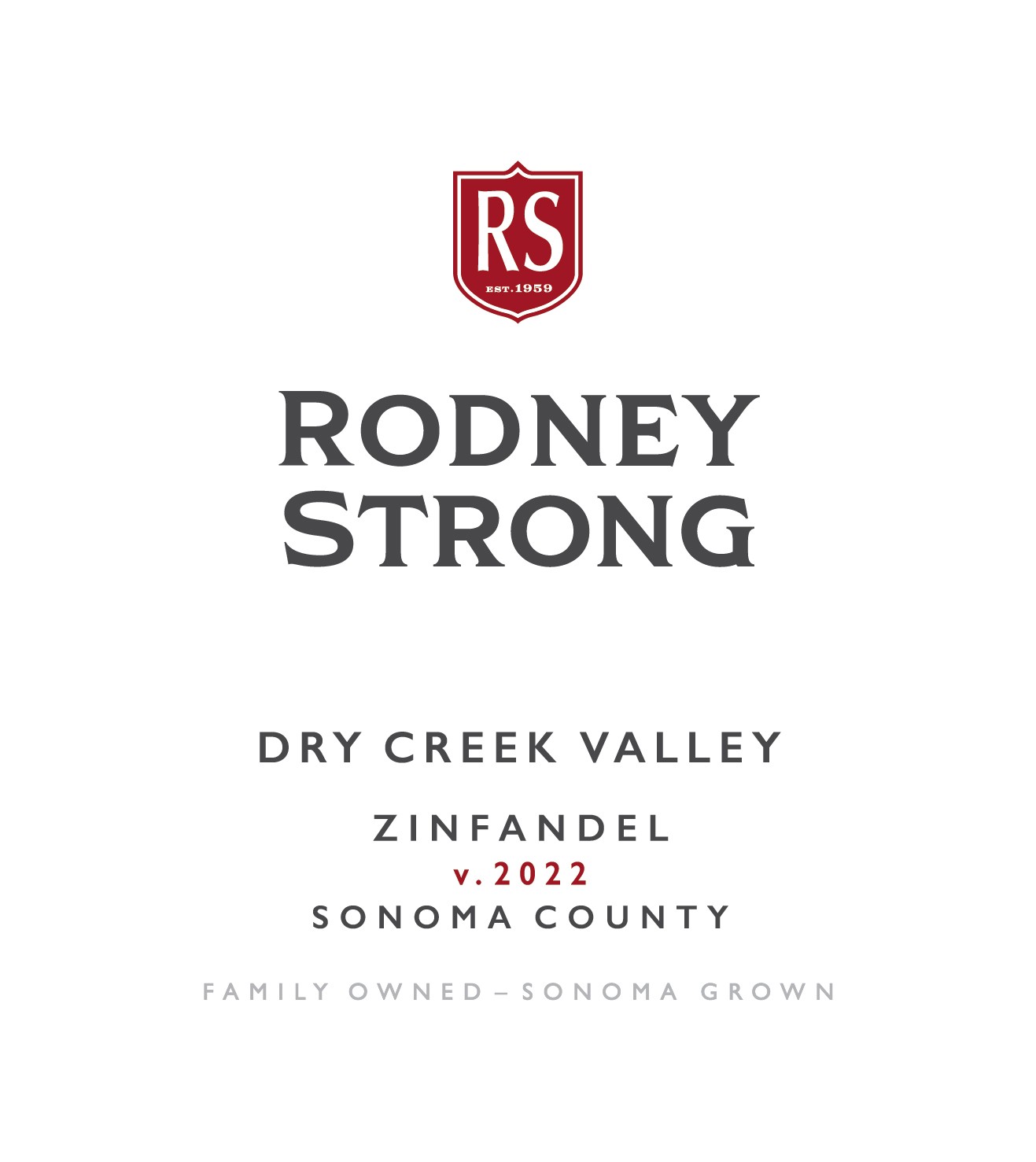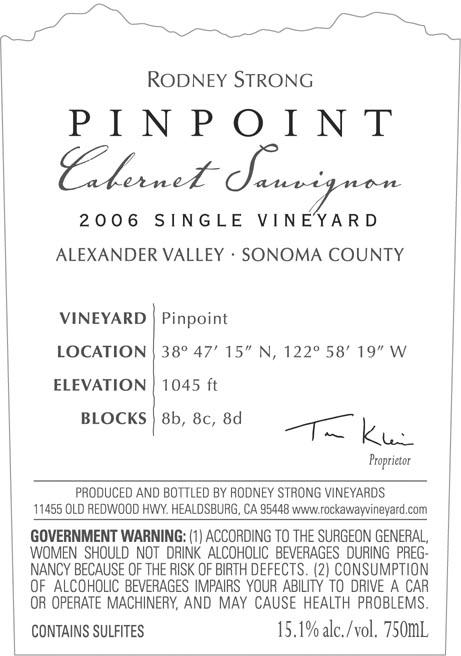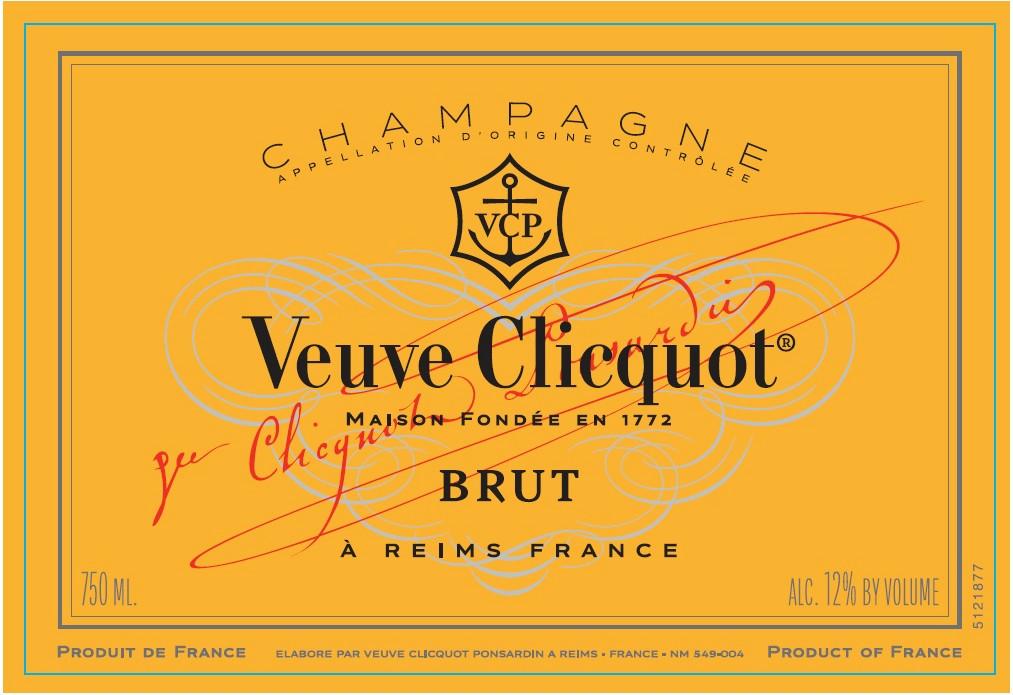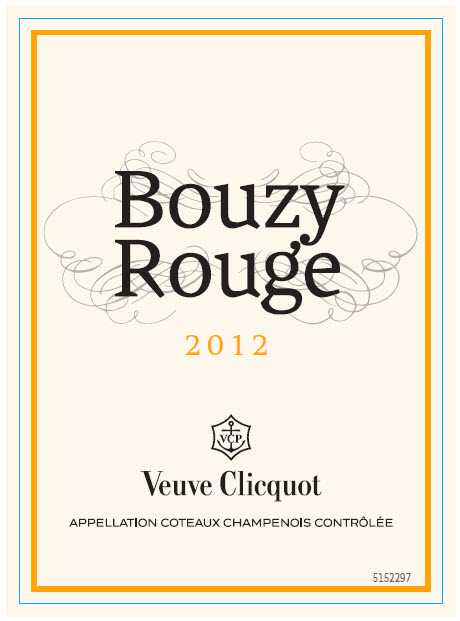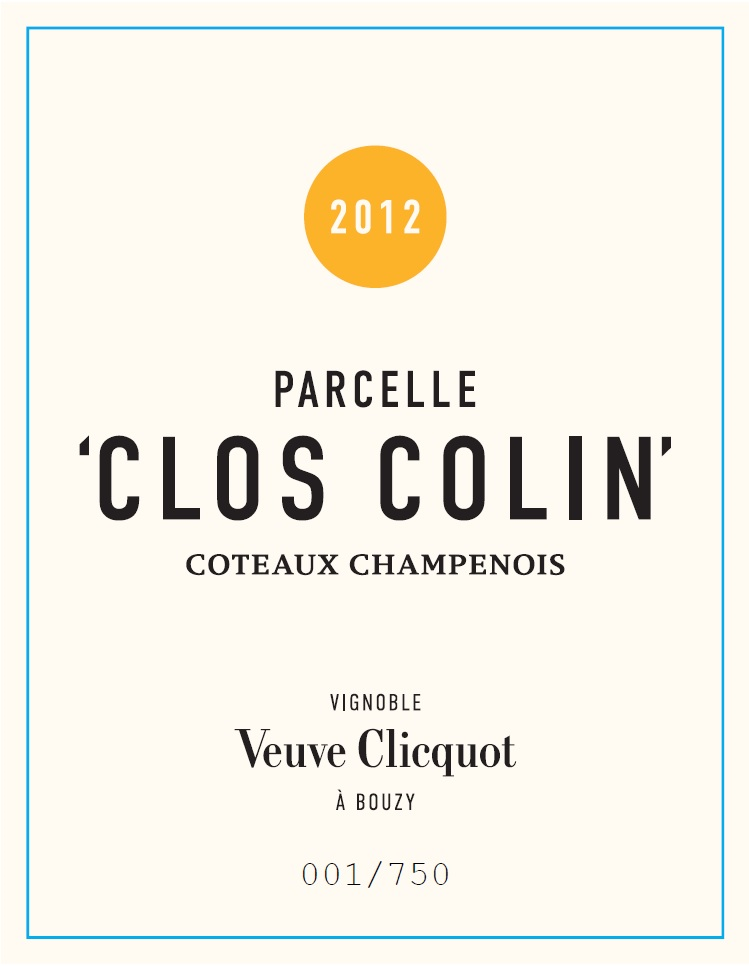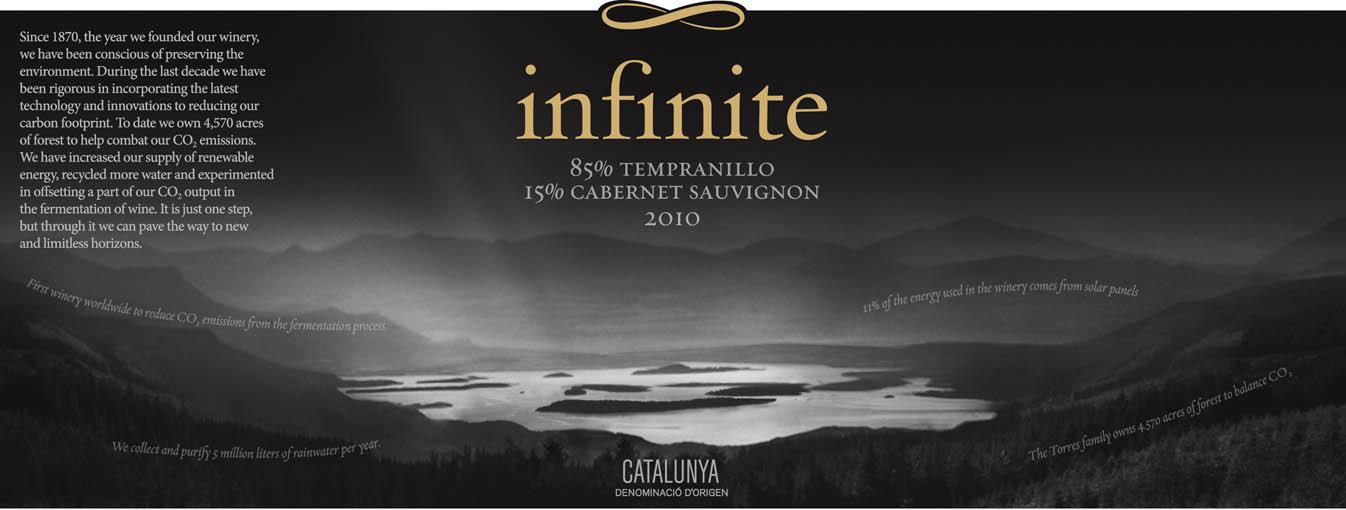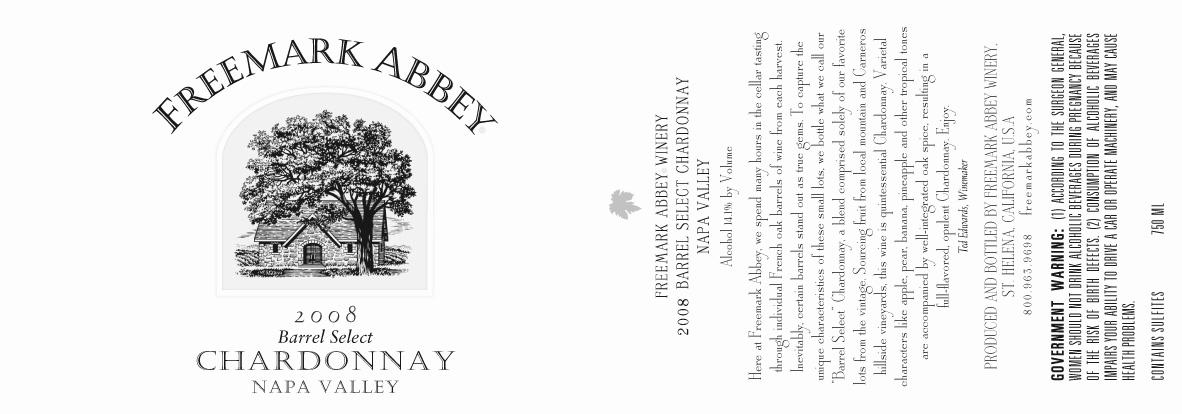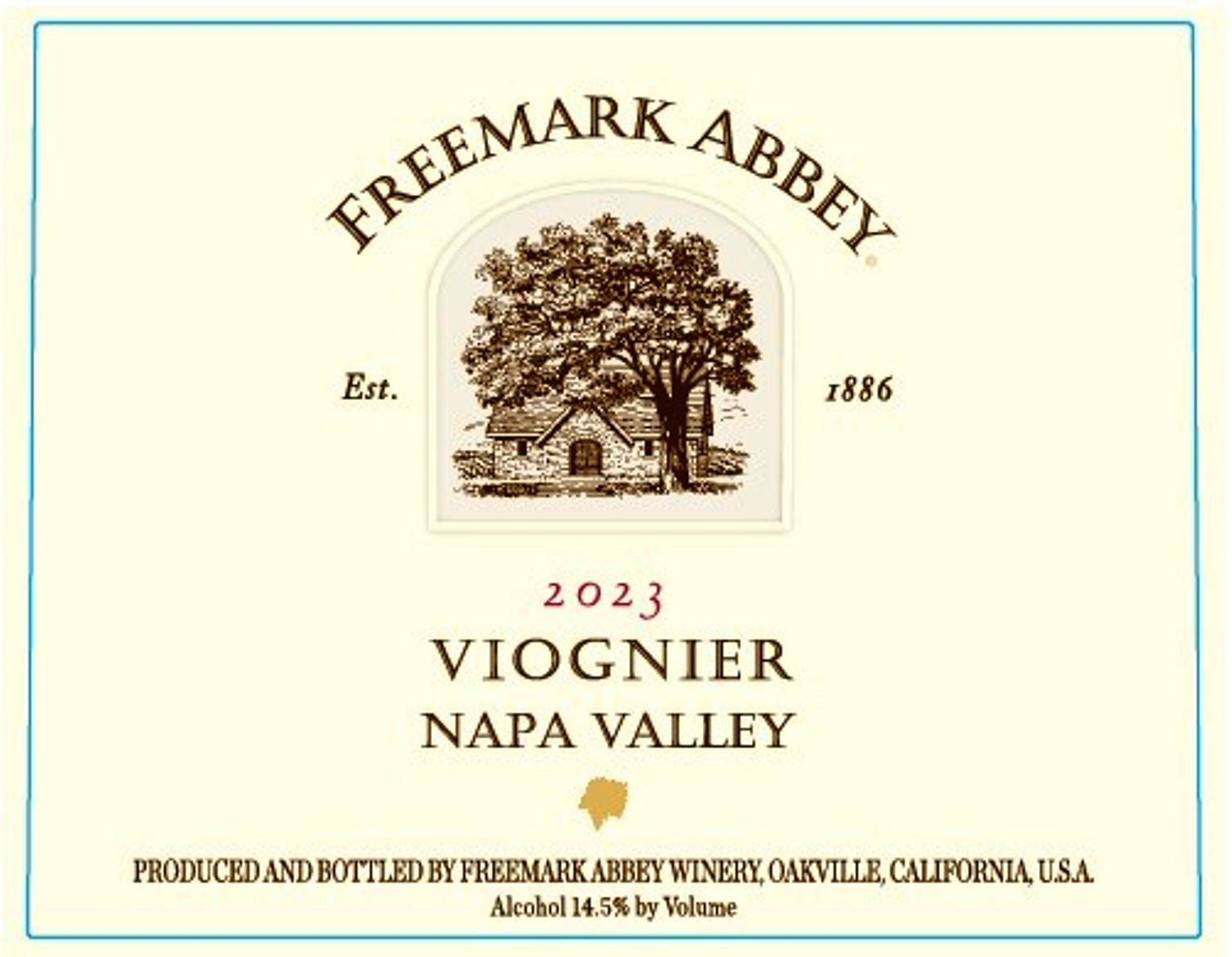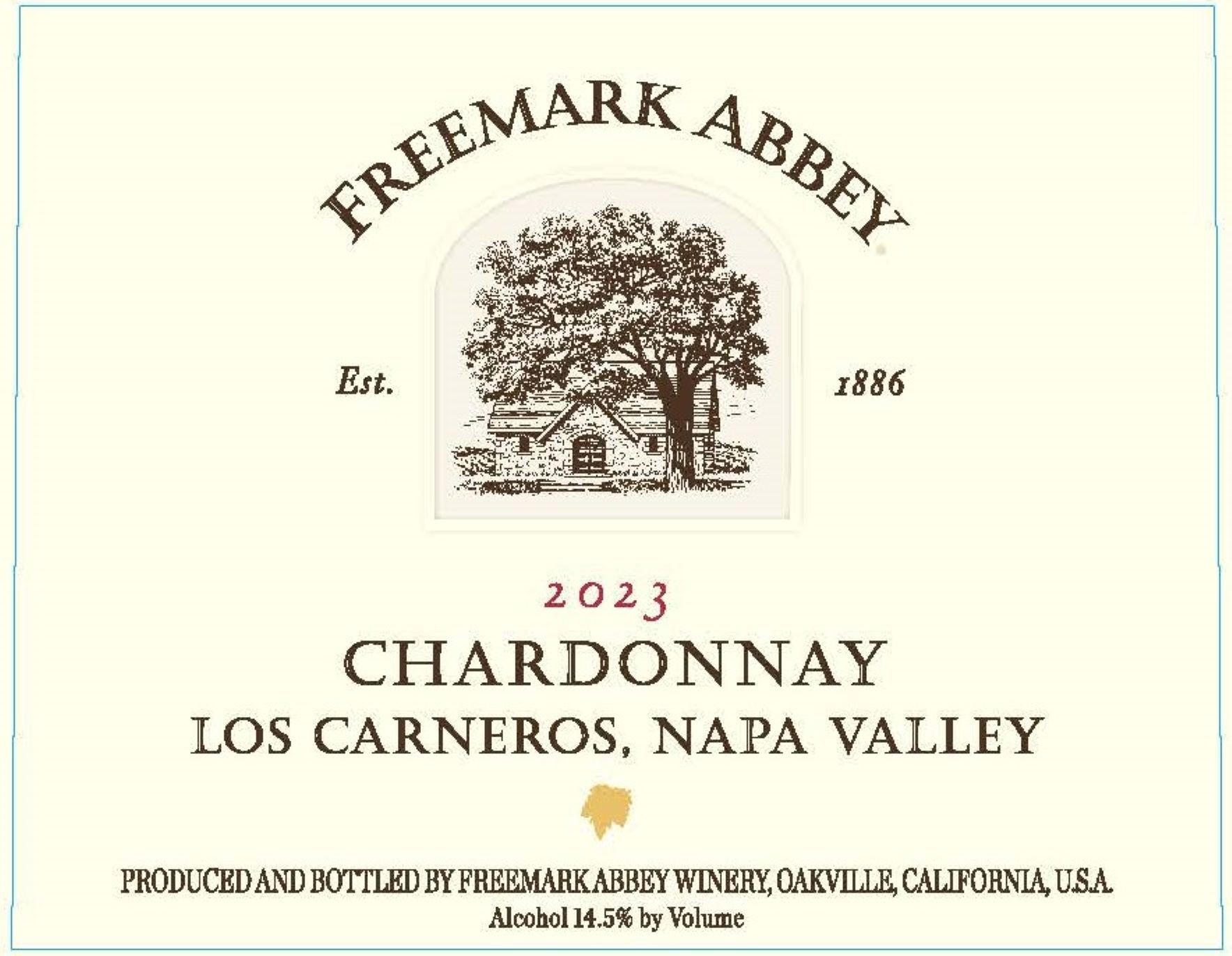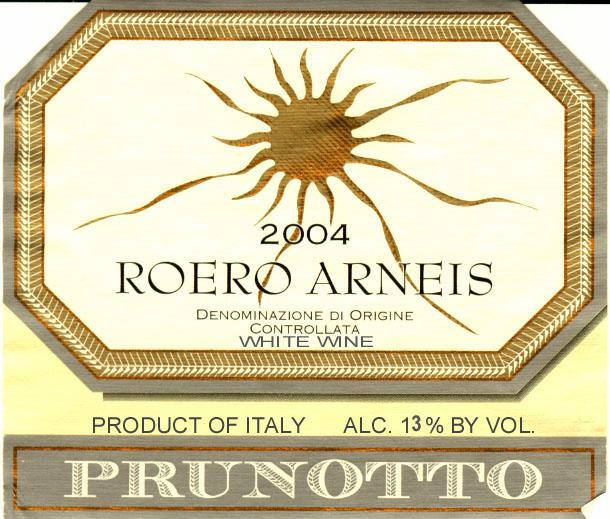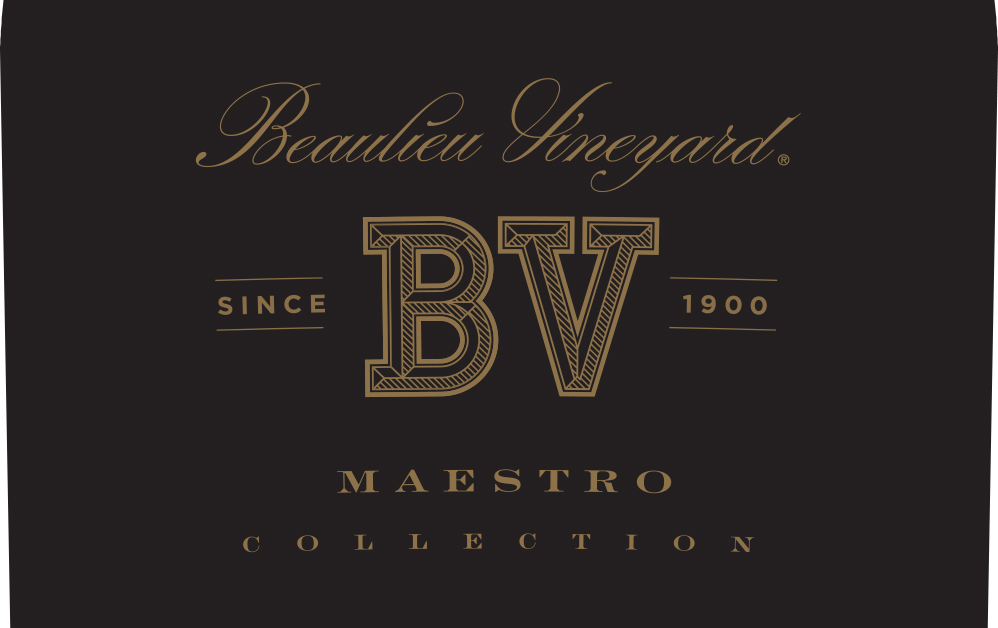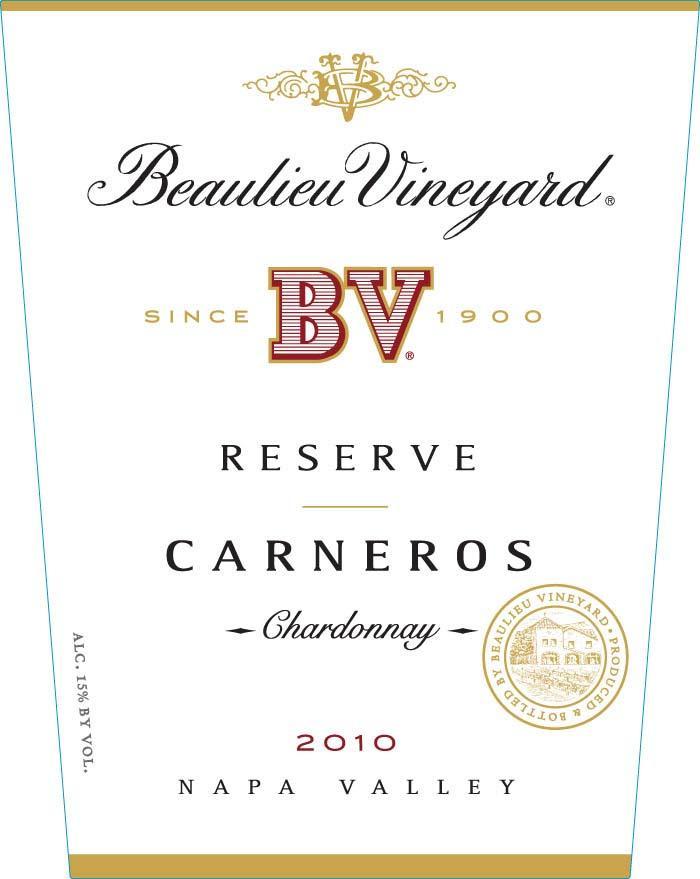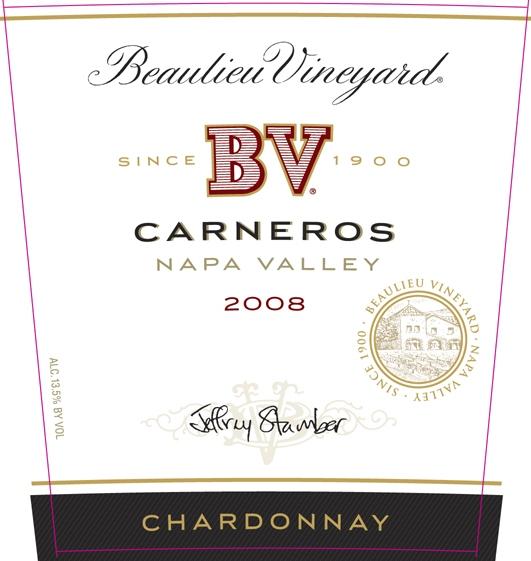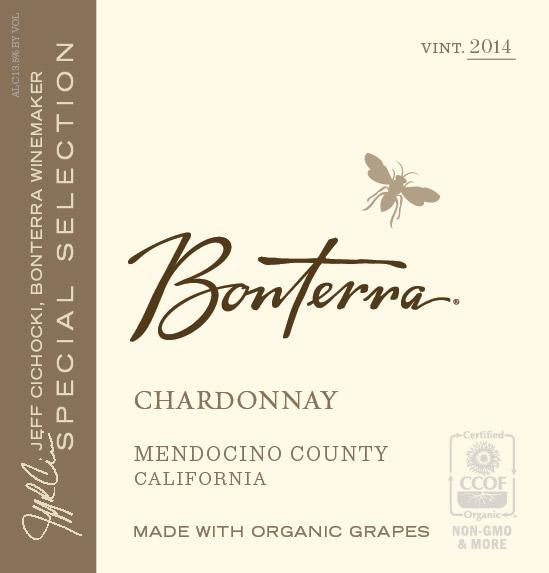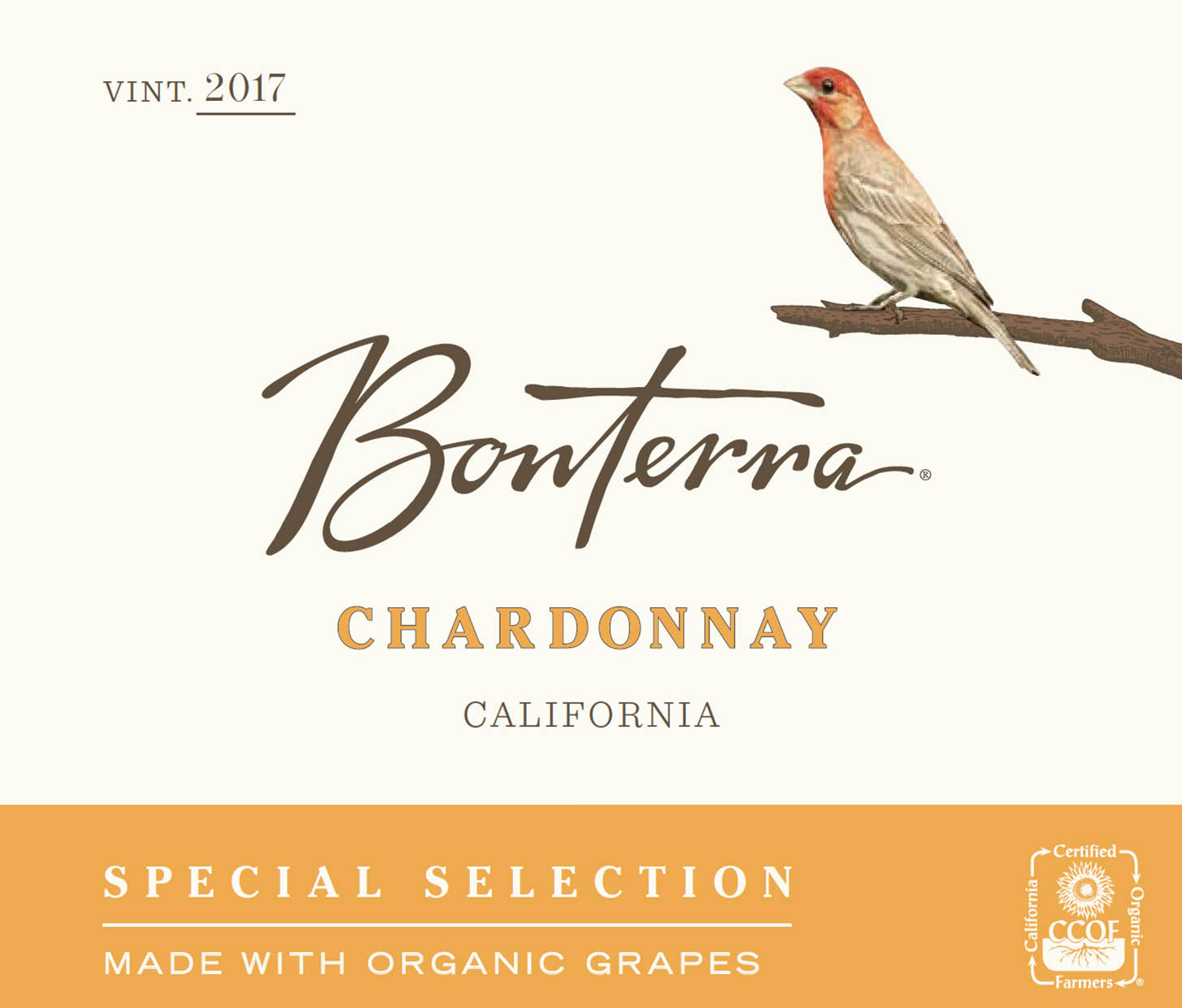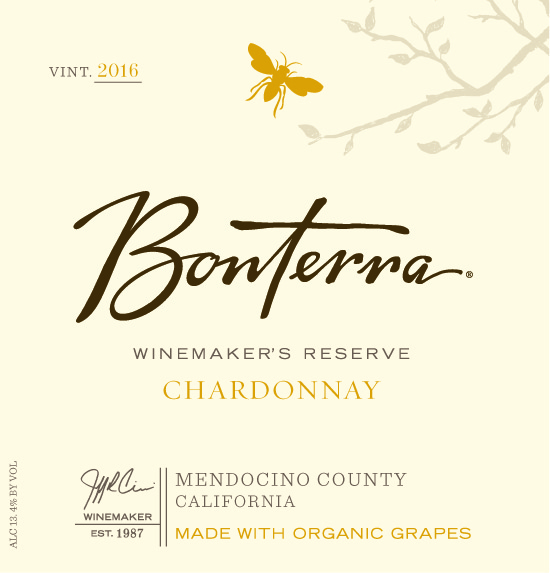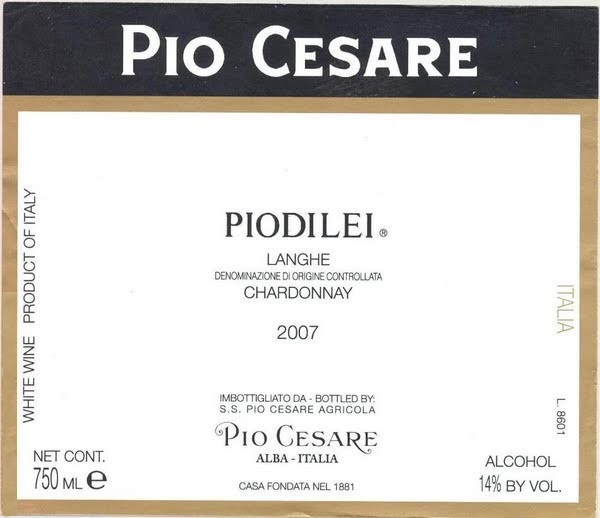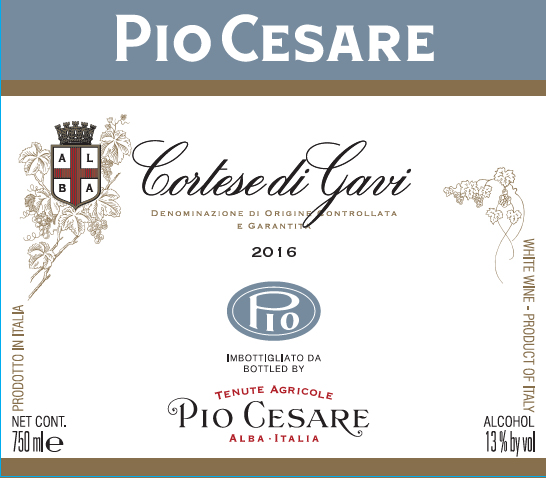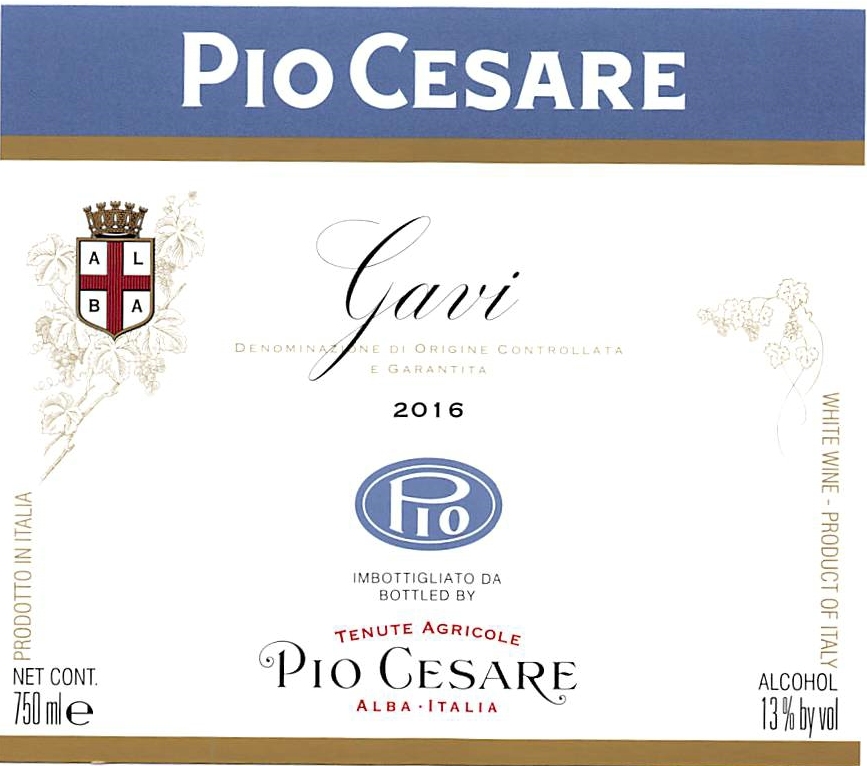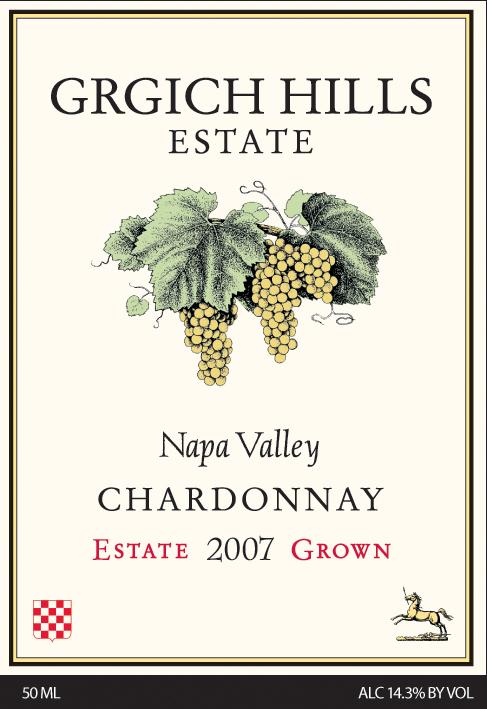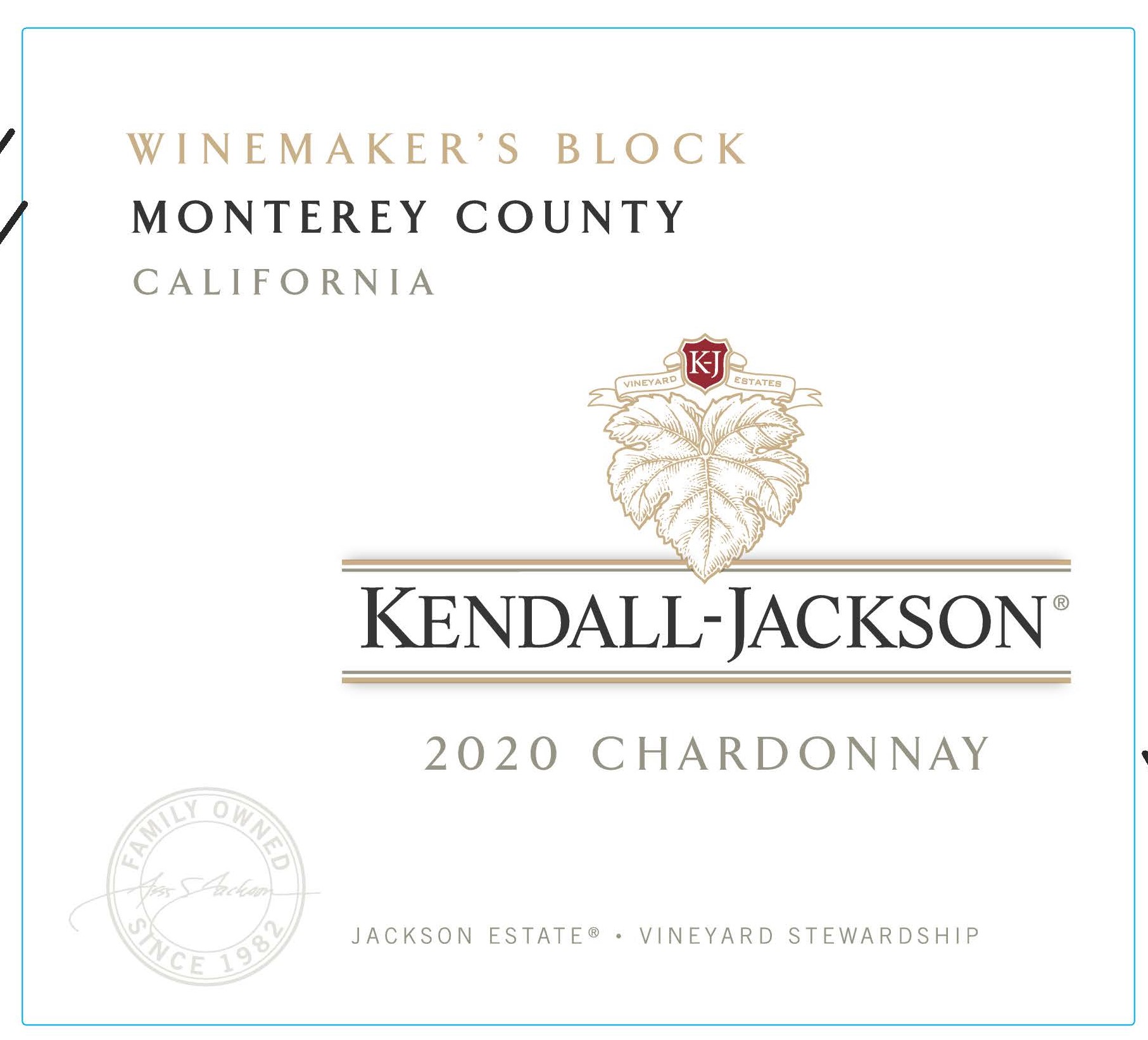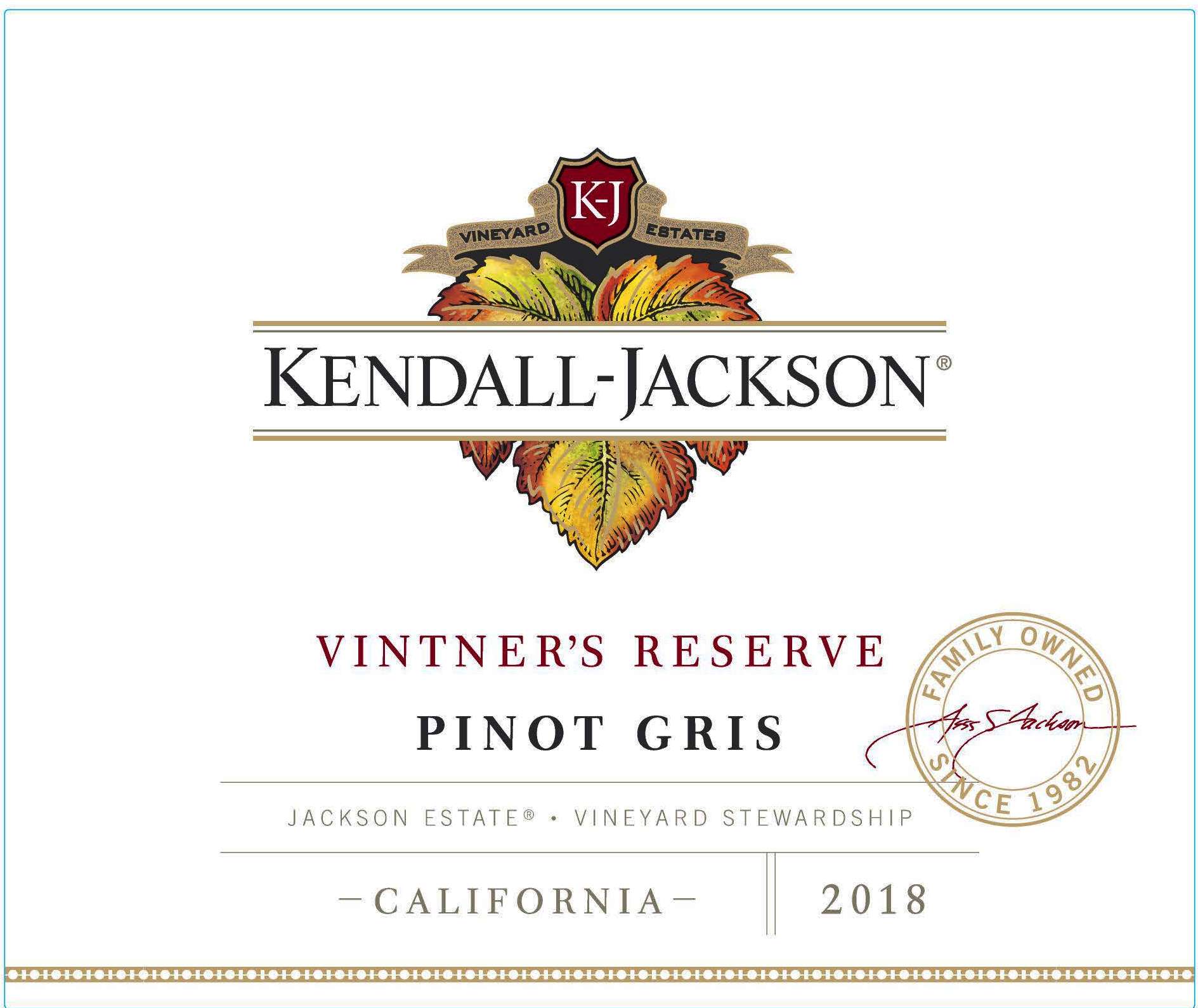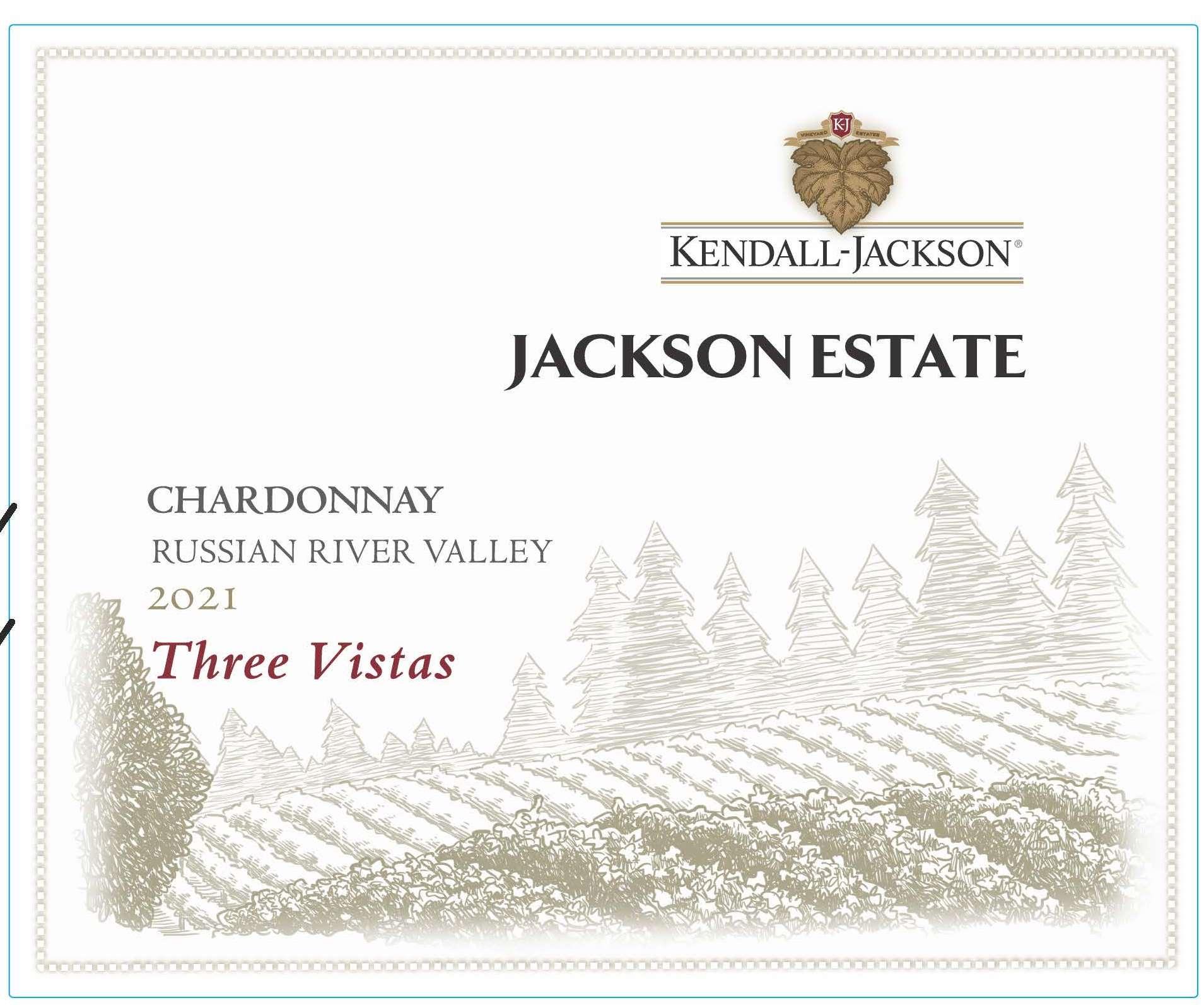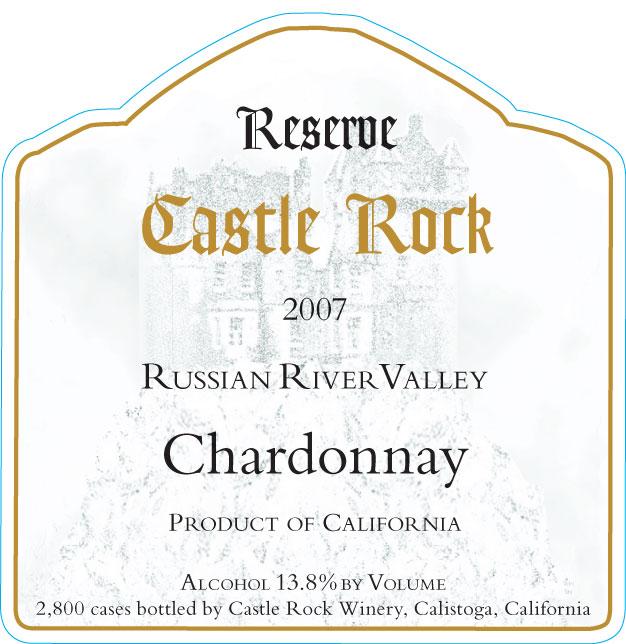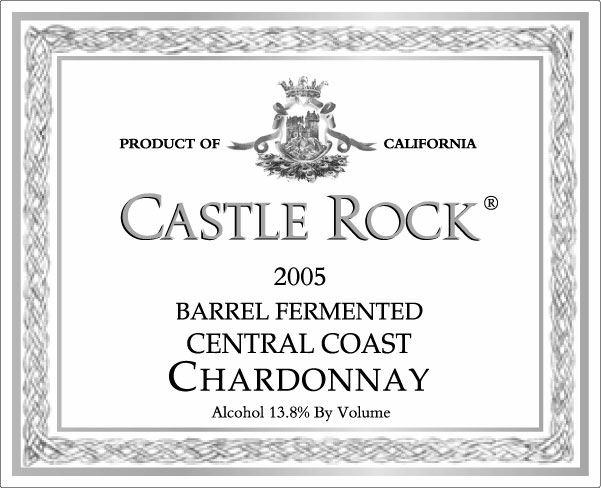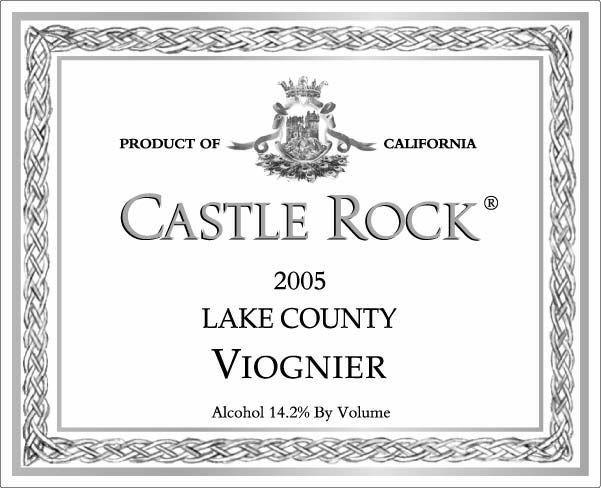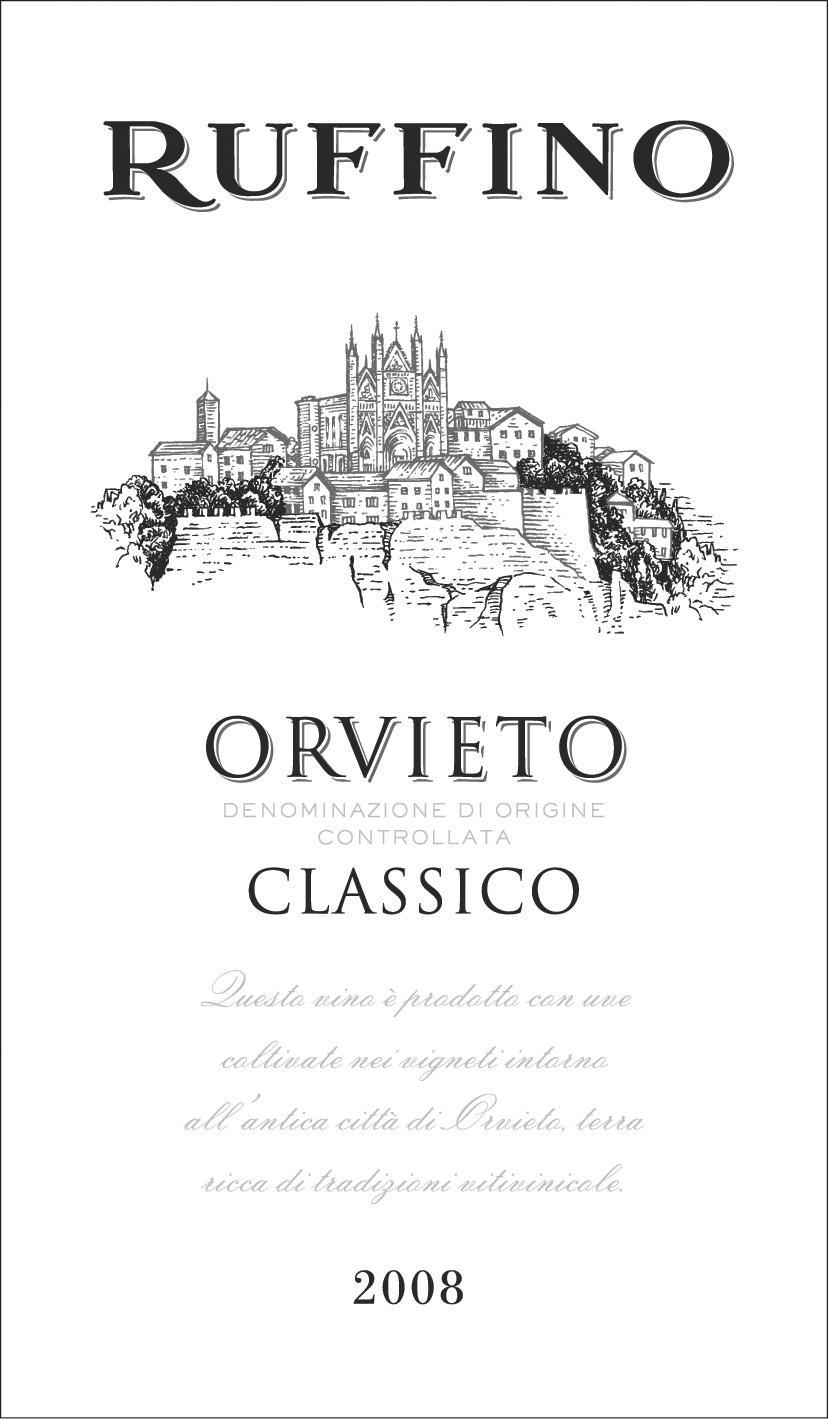Terroir of Mâcon-Farges
Mâcon-Farges boasts a distinct terroir shaped by Jurassic limestone and marl soils, with patches of clay and flint. These soils provide excellent drainage and moderate fertility, infusing the wines with a mineral character. The vineyards, often facing southeast or south, are strategically positioned to soak up the morning sun, reducing frost risk.
The climate in Mâconnais is among the warmest in Burgundy, with sunny summers reaching mid-20s °C and winters that occasionally dip into freezing temperatures, giving vines a necessary rest.
Annual rainfall is moderate, ranging from 600 to 800 mm, though it can be unpredictable, with summer storms and spring hail posing challenges.
However, the considerable temperature shifts between day and night preserve the grapes' acidity, resulting in wines that are both fruity and lively, with a hallmark freshness and minerality that define Mâcon-Farges' esteemed Chardonnay.
Notable Wineries in Mâcon-Farges
Mâcon-Farges, a jewel in the southern reaches of Burgundy, showcases its wine-making prowess with several remarkable wineries. Among them, Domaine Henri Perrusset stands out, revered for its expressive Chardonnay crafted from old vines that capture the essence of the region's unique terroir.
-
Domaine Henri Perrusset: Located in Farges-lès-Mâcon, this winery is celebrated for its stone-fruit-flavored Chardonnay, which embodies the freshness and character of the area.
With its limestone-rich soils and favorable climate, Mâcon-Farges continues to produce wines that are both vibrant and reflective of their origin. Winemakers here embrace traditional methods, allowing the natural attributes of their vineyards to shine through in every bottle.
Sustainable Winemaking in Mâcon-Farges
In the picturesque region of Mâcon-Farges, nestled in southern Burgundy, sustainability is becoming a key focus for winemakers. Many vineyards are adopting practices like planting cover crops, which help prevent soil erosion, enhance soil health, and support biodiversity. Grassy areas between vine rows encourage beneficial insects, while selective hand-harvesting is used for key parcels to ensure quality.
In the cellar, winemakers often use native yeast for fermentation and manage sulfites carefully, aiming for minimal intervention to let the unique terroir shine.
There is a growing commitment to reducing carbon footprints, with some vineyards exploring agroforestry and renewable energy solutions.
Many are also working toward organic, biodynamic, or Haute Valeur Environnementale (HVE) certifications.
These efforts reflect a broader dedication to producing authentic wines while preserving the land for future generations, aligning with Burgundy’s longstanding philosophy of respecting nature.
Wine Tourism in Mâcon-Farges
Wine tourism in Mâcon-Farges offers a rich palette of experiences, from exploring the lush vineyards on the Route des Vins du Mâconnais to savoring the region's signature Chardonnays. Visitors can enjoy self-guided walks or bike rides through the scenic hills, taking in the stunning limestone landscapes. The Rock of Solutré–Vergisson is a must-see for hiking enthusiasts, while nearby Cluny and Mâcon provide cultural and historical excursions.
Local gastronomy enhances the wine experience, with dishes like goat cheese and Charolais beef perfectly paired with Mâconnais whites. Seasonal events, such as open-cellar days and harvest festivals, invite guests to engage with the winemaking process. Accommodations range from charming farmhouses to cozy hotels, many offering assistance in arranging winery tours and other adventures.



